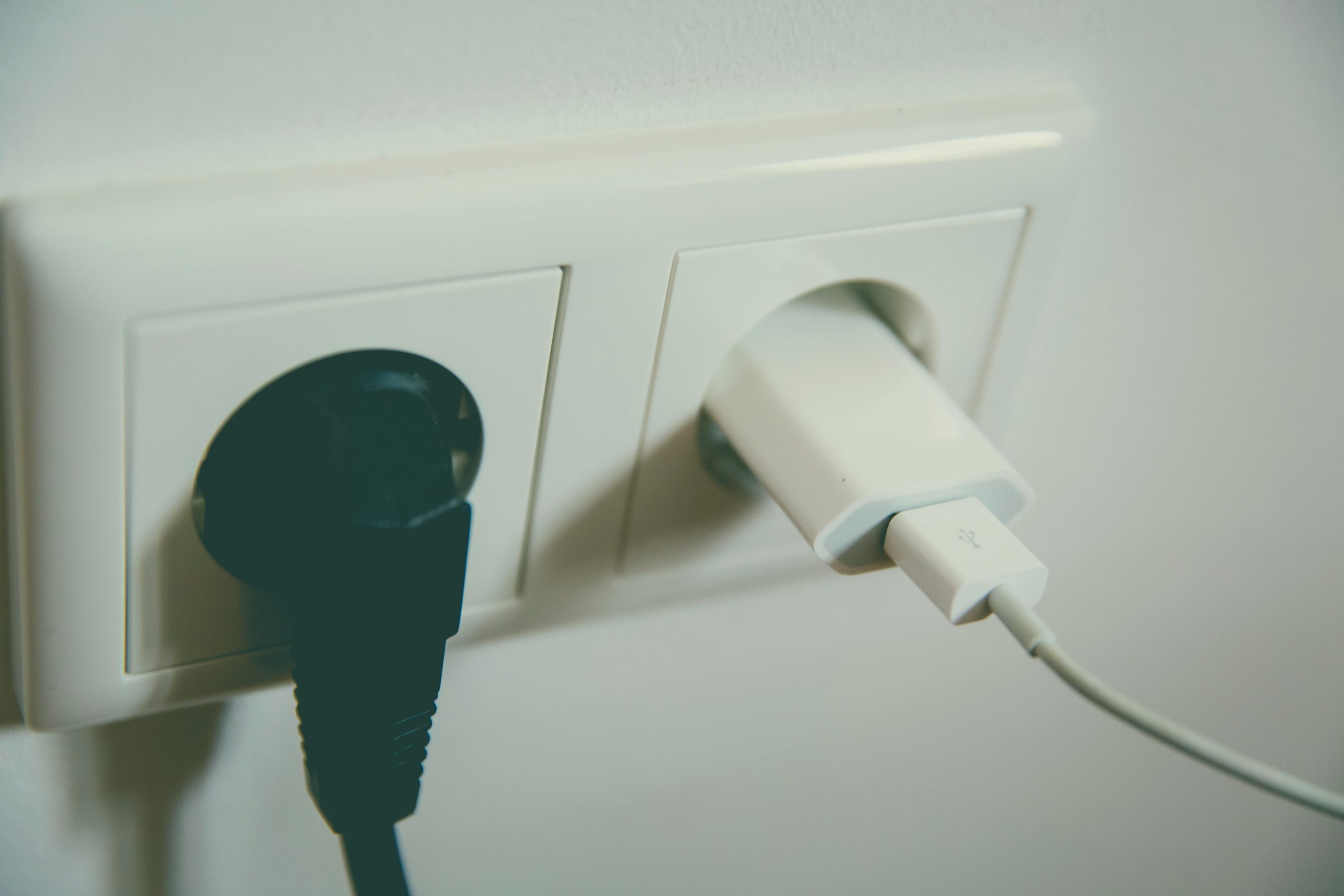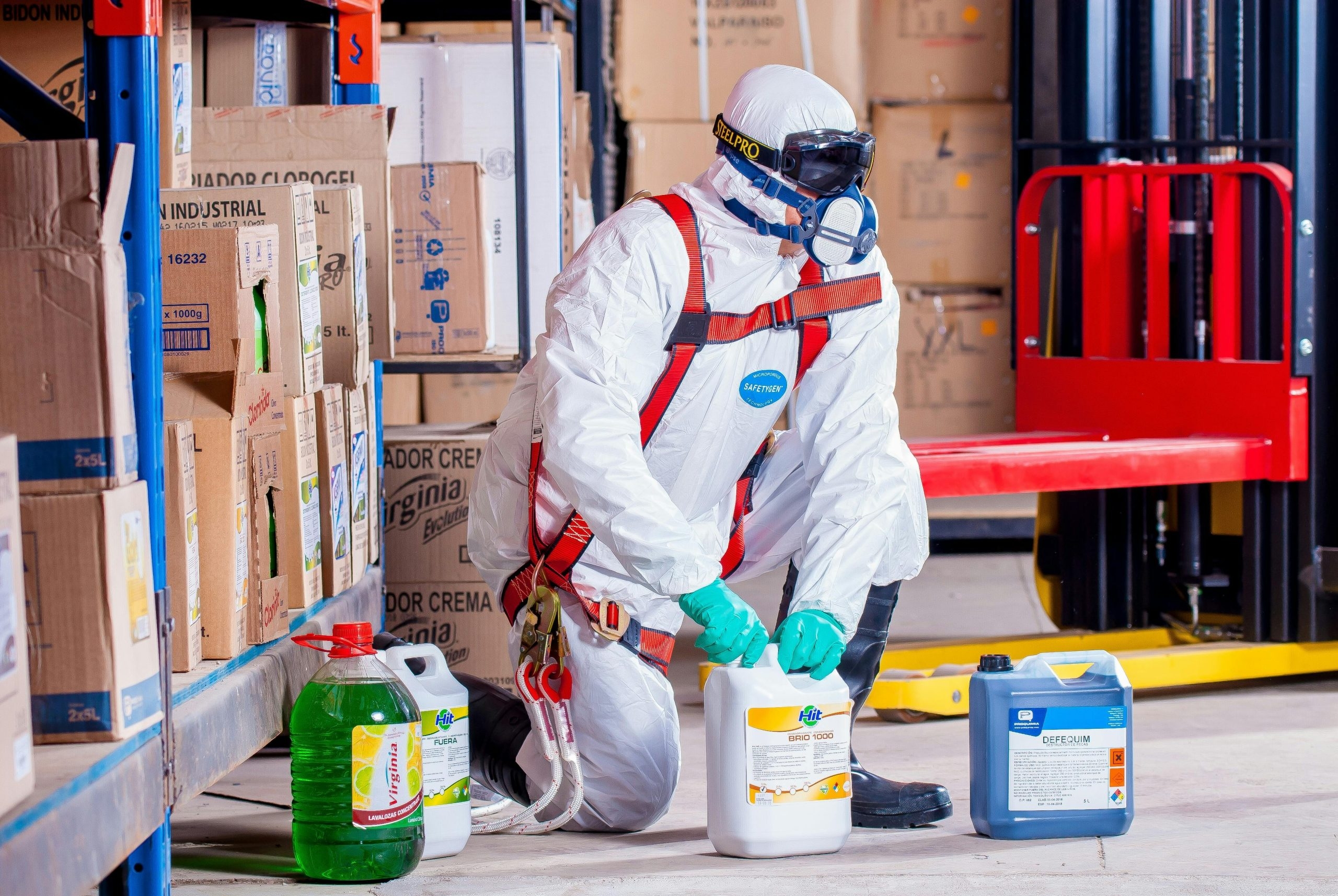
Exposure to workplace noise can cause permanent, irremediable hearing damage. It is one of the most common health problems and can be difficult to detect as the effects build up gradually over time. The Health and Safety Executive (HSE) have identified that accross all sectors, industrial hearing loss remains the occupational disease with the highest number of civil claims accounting for about 75% of all occupational disease claims.
What is Sound and Noise?
Sound is what we hear. Noise is unwanted sound. The difference between sound and noise depends upon the listener and the circumstances. Loud music can be a pleasurable sound to one person and an annoying noise to another. In either case, it can be hazardous to a person's hearing if the sound is loud and if they are exposed long and often enough.
Why is Noise an Important Workplace Hazard?
Noise is one of the most common occupational health hazards. In heavy industrial and manufacturing environments, as well as other situations such as farms, nightclubs or bars. Permanent hearing loss is the main health concern. Annoyance, stress and interference with speech communication are the main concerns in noisy offices, schools and call centres.

To prevent unfavourable outcomes of noise exposure, noise levels should be reduced to acceptable, tolerable levels. The best method of noise reduction is to use engineering modifications to the noise source itself, or to the workplace environment.
Where technology cannot adequately control the problem, personal hearing protection (such as ear defenders or plugs) can be used. It should always be remembered however that personal protection, (PPE), should be considered as an interim measure while other means of reducing workplace noise are being explored and applied.
Risk Assessment Process
As a first step in dealing with noise, workplaces need to identify areas or operations where excessive exposure to noise occurs. The risk assessment process includes:

The Control of Noise at Work Regulations 2005 (the Noise Regulations) came into force for all industry sectors in Great Britain on 6 April 2006 (except for the music and entertainment sectors which came into force on 6 April 2008).
The Noise Regulations are designed to protect against risks to both health and safety from exposure to noise - the health risk of hearing damage in those exposed and safety risks such as the noise affecting the ability to hear instructions or warnings.
Health Effects of Workplace Noise
The Health and Safety Executive (HSE) remind us that noise at work can cause hearing loss that can be temporary, short-lived or permanent. People often experience short-term deafness after leaving a noisy place. Although hearing recovers within a few hours, this should not be ignored. It is a sign that if you continue to be exposed to the noise your hearing could be permanently damaged.
Permanent hearing damage can be caused immediately by sudden, extremely loud, explosive noises, e.g. from guns or cartridge-operated machines.
However, hearing loss is usually gradual because of prolonged, unprotected exposure to noise. It may only be when damage caused by noise over the years combines with hearing loss due to ageing that people realise how deaf they have become. This may mean your family complains about the television being too loud, they cannot keep up with conversations in a group, or they have trouble using the telephone. Eventually everything becomes muffled and people find it difficult to catch sounds like 't', 'd' and 's', so they confuse similar words.
Hearing loss is not the only problem. People may develop tinnitus (ringing, whistling, buzzing or humming in the ears), a distressing condition which can lead to disturbed sleep. Remember; young people’s hearing can be damaged just as easily as the old.
Get expert advice and support to help you deal with workplace health and safety issues. Get in touch with our team of Health and Safety Consultants.






